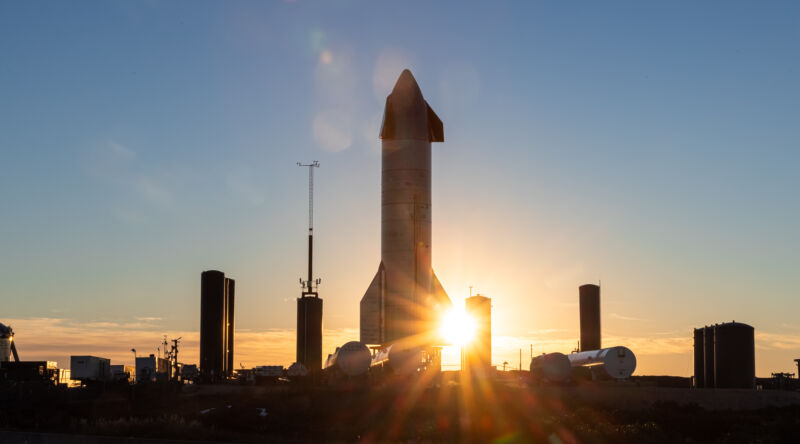
On Wednesday, in South Texas, SpaceX fired up its newest Starship prototype not once or twice. Rather, engineers and technicians fueled and test fired their SN9 prototype and its Raptor rocket engines three times in less than four hours.
After the first of three tests, SpaceX founder and chief engineer said on Twitter, "Today at SpaceX is about practicing Starship engine starts. Ship is held down by massive pins while engines are fired." After the third test, Musk confirmed that all three tests were completed without a major issue.
Performing three tests like this in rapid succession is a notable achievement, and it points to maturing spaceship hardware, ground systems, and procedures for SpaceX's Starship launch program. Musk said the goal is to reach a point where one could "hop in and go" to Mars. Such a capability remains years into the future, if it is ever realized. But the company appears to be making progress toward a robust launch system.
Assuming data from Wednesday's engine tests is favorable, the next step for SN9 is likely to go and fly. The vehicle is already on its launch stand, and Musk and his engineers will now conduct a "readiness" review in advance of what is expected to be another test flight to about 12.5km, similar to the flight performed by the SN8 vehicle in December. The goal will be to land successfully, after SN8 met a fiery end at the landing site after an otherwise near perfect flight.
SpaceX has received approval from the Federal Aviation Administration to launch its SN9 vehicle on Thursday, Friday, or Saturday from its facility near Boca Chica Beach, in South Texas. It is possible they will be able to turn SN9 around for a flight attempt as soon as Thursday. However there are concerns about upper-level winds, which appear to be hostile until at least Saturday.
Sources suggested that SpaceX is eager to get on with flying SN9, as it has nearly completed assembly of the next Starship prototype, SN10, at its nearby high bay facilities. The company is pressing ahead to fly this vehicle perhaps as soon as the end of January, as it has several other prototypes in various states of construction.
The near-term goal is to demonstrate an orbital flight capability for Starship. To do this, the company needs to first build and test the Super Heavy rocket, which will serve as Starship's first stage. This dramatic test will see a Starship launched into orbit, and then determine whether it can safely return to Earth using a combination of heat shield tiles on its atmosphere-facing side, and a complex set of maneuvers to bleed off speed and ultimately make a controlled landing.
In an interview published earlier this month, SpaceX President and Chief Operating Officer Gwynne Shotwell told Ars she thought it was more likely than not that this orbital flight test would occur in 2021.
Article From & Read More ( SpaceX hot fire tests its Starship vehicle three times in four hours - Ars Technica )https://ift.tt/38EOuEI
Technology
Bagikan Berita Ini















0 Response to "SpaceX hot fire tests its Starship vehicle three times in four hours - Ars Technica"
Posting Komentar